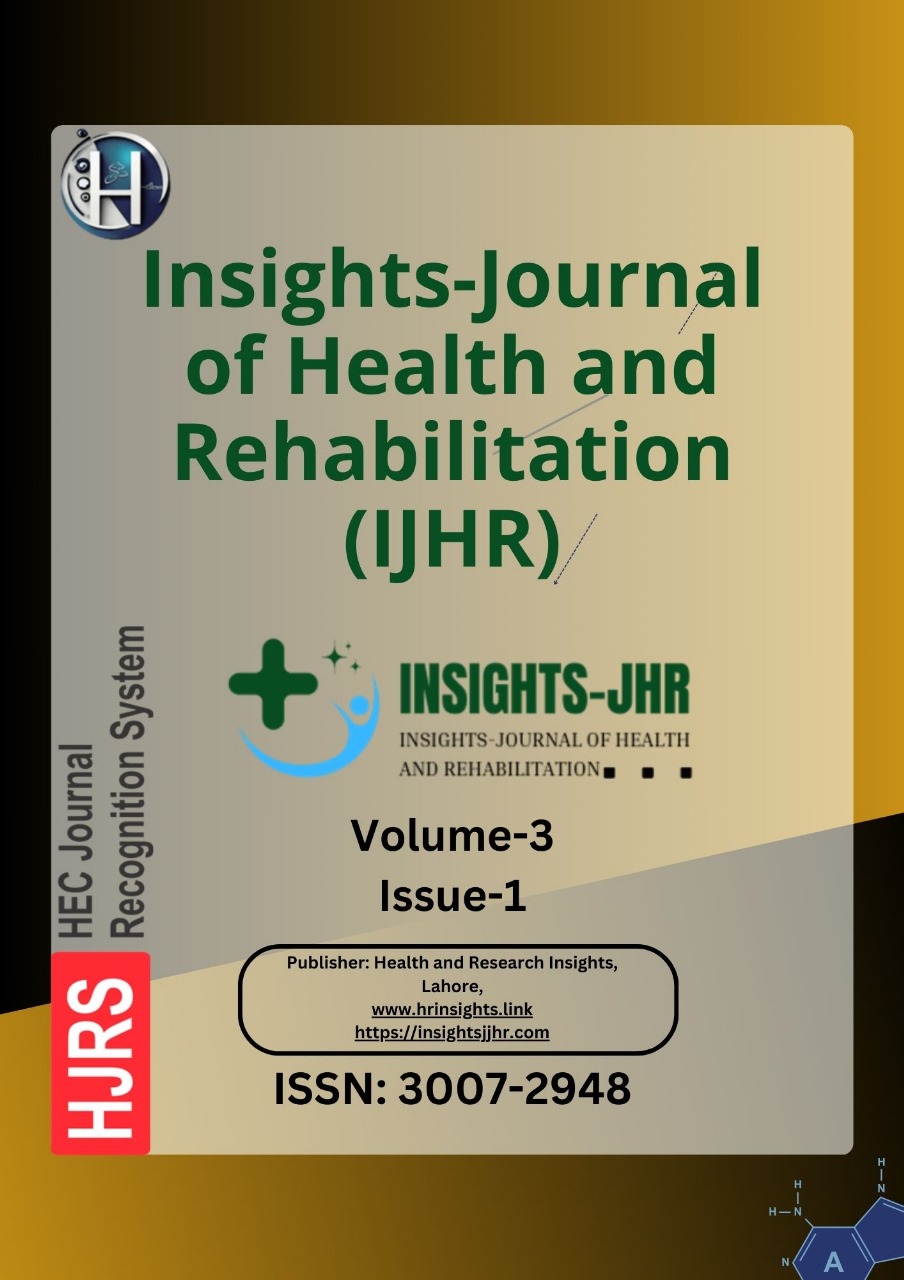ELECTROCARDIOGRAPHIC CHANGES AMONG PATIENTS WITH CIRRHOSIS RELATED TO VIRAL HEPATITIS
DOI:
https://doi.org/10.71000/xb887a60Keywords:
Cardiac changes, cirrhosis, electrocardiography, hepatitis B, hepatitis C, low QRS voltage, QT prolongationAbstract
Background: Liver cirrhosis, characterized by regenerative nodules and fibrosis, is a major cause of morbidity and mortality worldwide, particularly in Asia. It is frequently associated with cardiac and electromechanical abnormalities, including prolonged QT intervals, low QRS voltage, left ventricular hypertrophy, and T-wave inversions. Although these abnormalities have been extensively studied in alcoholic liver disease, data on cirrhosis caused by viral hepatitis, particularly hepatitis B and C, remain limited.
Objective: This study aimed to document the frequency and types of electrocardiographic changes in patients with cirrhosis caused by viral hepatitis (hepatitis B and C).
Methods: This cross-sectional study was conducted at the Hepatogastroenterology Department of the Sindh Institute of Urology and Transplantation between March and August 2024. A total of 175 patients aged 18–65 years with cirrhosis secondary to hepatitis B or C were included using non-probability consecutive sampling. Patients with pre-existing cardiac diseases or other confounding conditions were excluded. Clinical and laboratory data, including Child-Turcotte-Pugh (CTP) and MELD scores, were collected. Electrocardiograms (ECGs) were assessed for QT prolongation, low QRS voltage, left ventricular hypertrophy, and ST-T wave changes. Data were analyzed using SPSS version 20, with results expressed as means and percentages.
Results: The mean age of participants was 48.9 ± 9.1 years, with 60% being male. Hepatitis C was the leading cause of cirrhosis (57.1%), followed by hepatitis B (22.9%) and hepatitis B-D co-infection (20%). ECG abnormalities were observed in 54.3% of patients, with prolonged QT intervals being the most frequent (22.3%), followed by combined low QRS voltage and ST-T changes (16%), isolated low QRS voltage (8.6%), and left ventricular hypertrophy (3.4%).
Conclusion: Electrocardiographic abnormalities, particularly QT prolongation and low QRS voltage, are common in cirrhotic patients with viral hepatitis and correlate with disease severity. Routine cardiac evaluations could enhance disease monitoring and prognostic assessment in this population.
Downloads
Published
Issue
Section
License
Copyright (c) 2025 Nadar Ali, Hina Ismail, Ali Hyder, Raja Taha Yaseen Khan , Muhammad Usama Kiyani, Azhar Ali, Abbas Ali Tasneem, Nasir Hasan Luck (Author)

This work is licensed under a Creative Commons Attribution-NonCommercial-NoDerivatives 4.0 International License.







